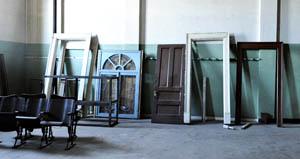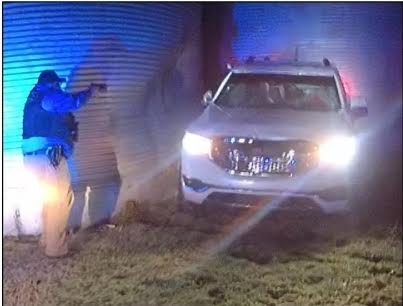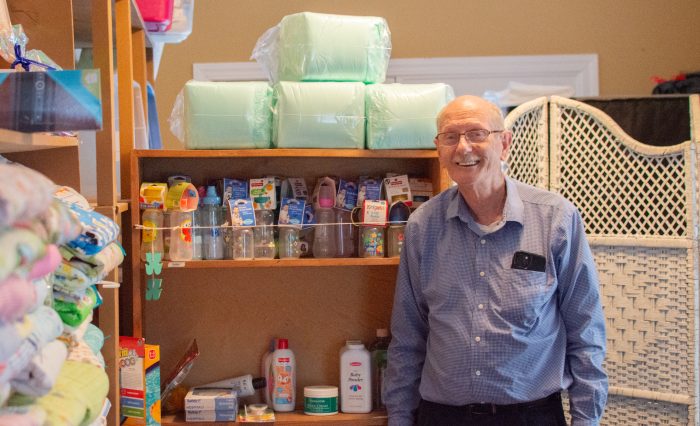Landmark on the rebound
Published 12:00 am Monday, September 19, 2011

- Joe Imel/Daily News Norm Johnson, of Bowling Green, talks Friday about the restoration he has planned for the former BB&T bank at the corner of Main Ave. and College St. Johnson purchased the building that was an opera house before it was a bank. Johnson plans to have professional office space on the first floor, with his residence on the third floor.
During the next 18 months, motorists downtown will see the transformation of the old BB&T building to one that is reminiscent of the era in which its earliest predecessor, the Potter Opera House, was constructed.
Norm Johnson, who bought the building on College Street in 2007, said he spent many months just listening to the building to see how it should be renovated.
Trending
“At first it was overwhelming,” he said of the 23,000-square-foot, three-floor space.
So a lot of time has been spent exploring and designing what the space could be with the help of Western Kentucky University professor and architect Neal Downing and students from WKU’s Architectural and Manufacturing Sciences Institute.
Ultimately, he looked at what is really two buildings in nine sections, two of which will be developed right away – one for his business partner, attorney Brian Lowder, and the other a 5,000-square foot, third-floor space where Johnson and his wife will live. Johnson also will have a first-floor office space for his PYDR Properties.
Removing the facade of the building back to its original brick will be a major undertaking.
“It’s still a little bit of a mystery what’s under there,” he said.
Crews from Johnson’s construction company, Historic Rehabilitation Contractors, have been working behind a fence he placed in the drive-up area of the former bank.
Trending
They have removed all of the fixtures, carpet, plaster and other materials, taking the building back to its bones.
“There were very few historical elements left in the building because of all the remodeling and two fires,” Johnson said.
What was there will either be restored or reproduced for the building that includes mouldings, door casings and window casings, all of which in some instances are 13 inches or more. The ceilings will be nearly 12 feet in Lowder’s space and Johnson will have a 35-foot vaulted cathedral ceiling in his third-floor apartment. His apartment also will have a rooftop garden on the back building facing Center Street. A garage and courtyard will be built in the space that encompasses a driveway to the drive-up window.
There was a lot of material to be cleared away, but because Johnson wants to build as greenly as he can, more than eight tons of material was taken to a recycler.
Teller stations, boiler pipes and other materials were taken to the recycler. Boiler plates and several thousand pounds more will be on the way as demolition continues. What won’t go is the vault. It was impractical to remove, plus it will be a good place to store important papers for Sowder’s office.
The entire second floor of the building that faces 10th Avenue will remain undeveloped for a time, as will all three floors in the back building that faces the parking lot and Center Street. Upscale apartments and other office spaces are among the things that will be considered for them.
Historic preservation planner Miranda Clements said she’s not seen Johnson’s plans for the building but is aware he will be adaptively reusing the 150-year-old structure.
“Because it is in a historic district, at some point he will have to seek a certificate of appropriateness from the Historic Preservation Board,” Clements said.
She doesn’t expect that to be an issue since Johnson has been working with the Kentucky Heritage Council and the building has been designed according to Standards and Guidelines for Rehabilitation of Historic Buildings, as established by the U.S. Department of Interior.
Clements said the possibility of more downtown housing will further assure the viability of downtown.
“I think he is really doing a great thing for downtown,” she said.
Moving downtown will mean that Johnson will sell his historic home on Cemetery Road, but he’s in no hurry to put the property on the market. Johnson also did extensive renovation work on that property that for years was known as Murder Mansion after being the scene of a double homicide in 1948.






